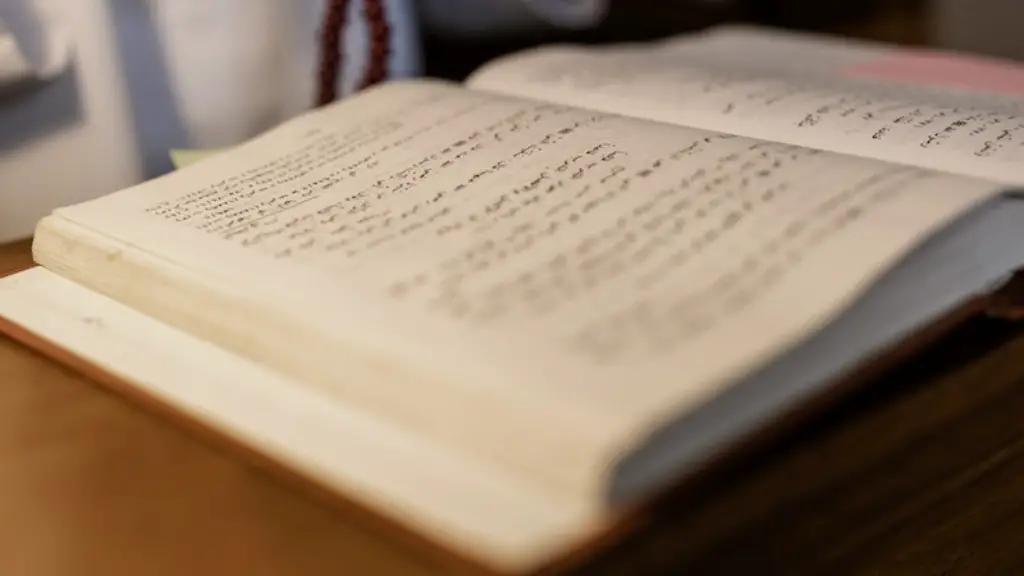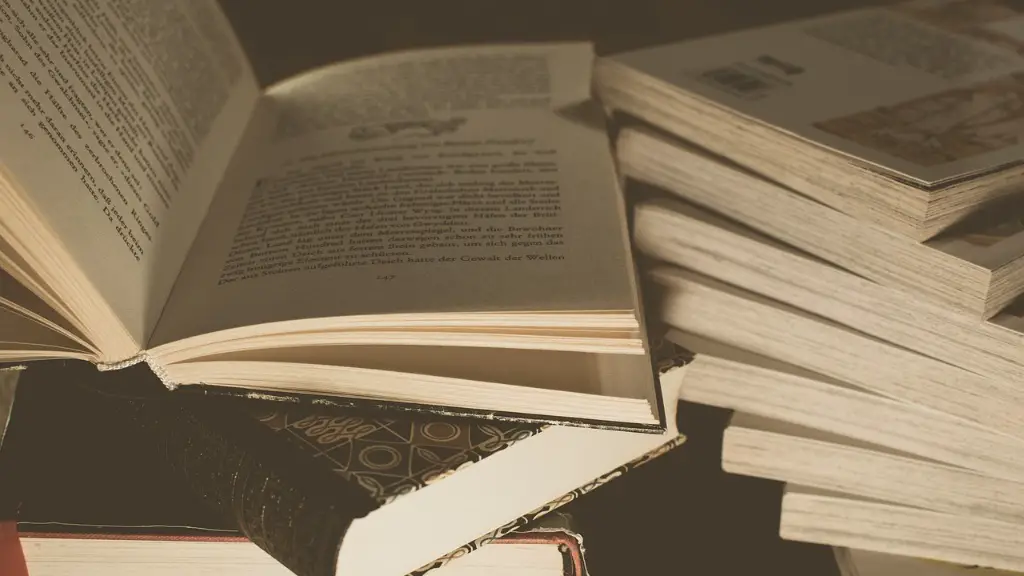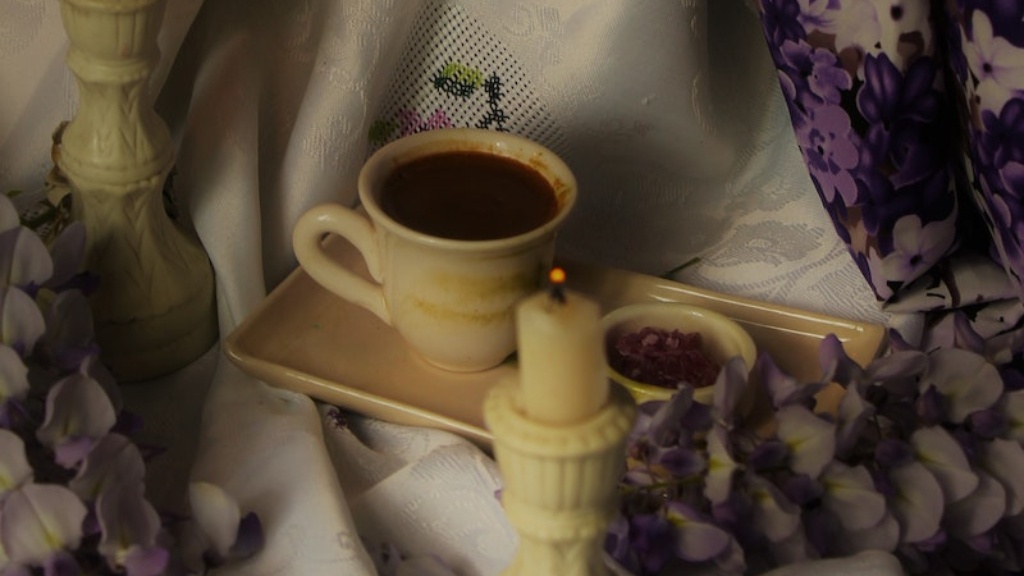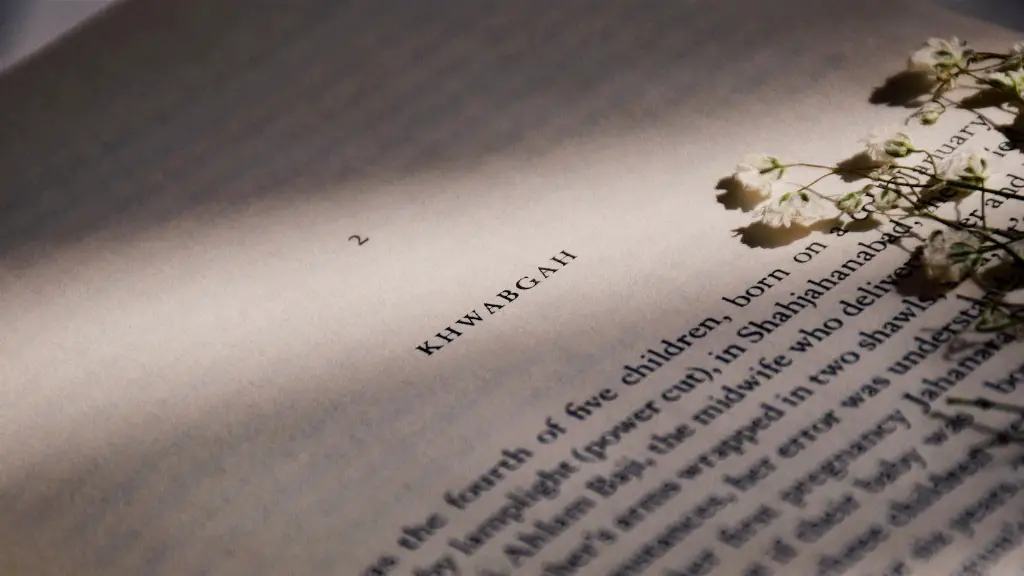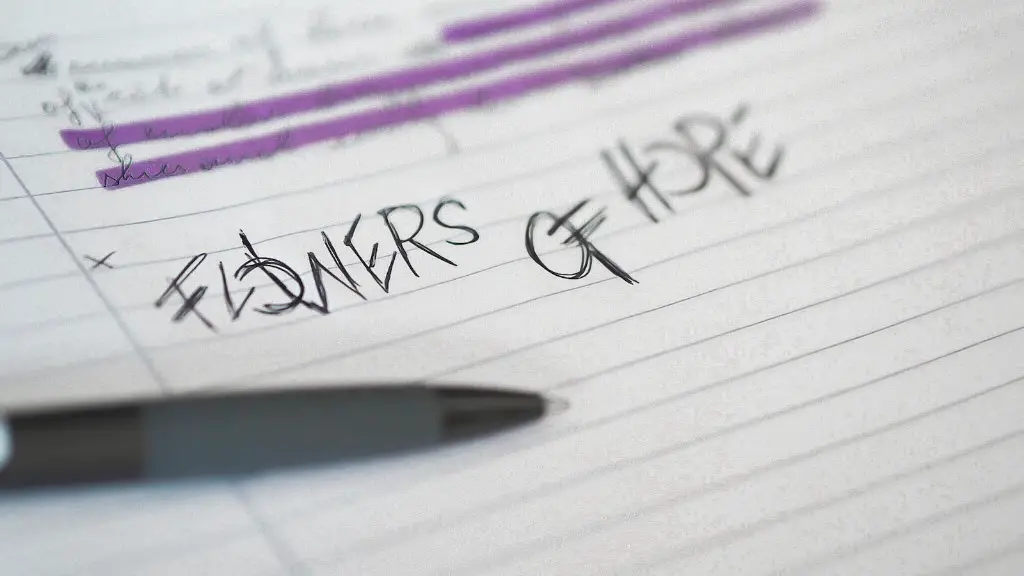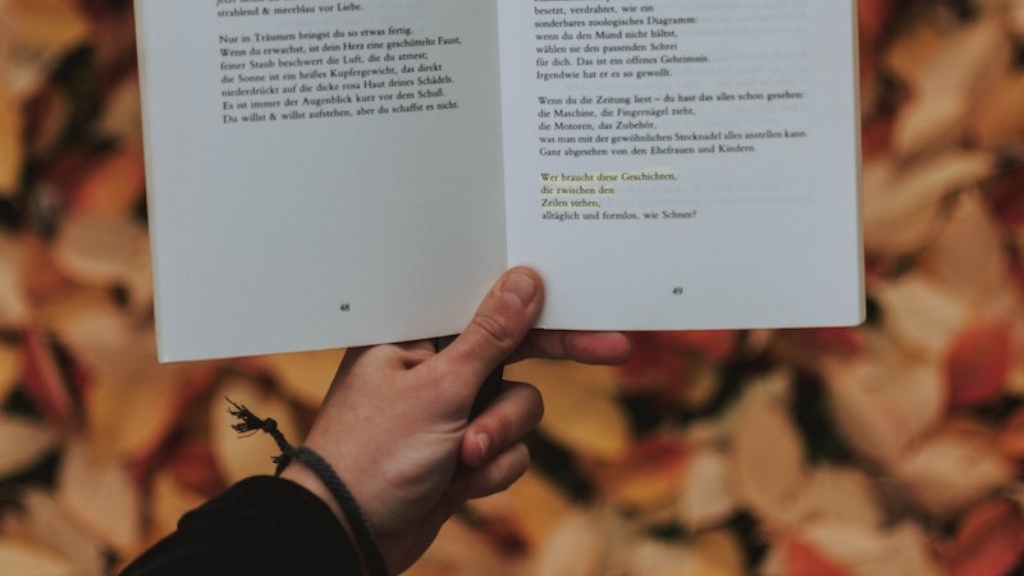The Mechanics of Poetry
Poetry is a form of writing that uses language to evoke emotion, ideas, and/or thoughts. It uses figurative language, such as imagery, metaphor, and simile, as well as other devices, to create an emotional response. Although a poem can take many forms, some elements remain consistent including the use of sound, structure, and meter.
When analyzing poetry it is important to identify poetic devices such as alliteration, simile, metaphor, and imagery. An alliteration is the repetition of the same sound at the beginning of words or syllables in a phrase. Onomatopoeia is another poetic device that uses words to imitate the sound it creates such as “buzz”. Simile is when two unlike objects are compared using words such as ‘like’ or ‘as’. For example, a butterfly may be compared to a breeze.
A metaphor is when an object or idea is described as if it were something else. For example, a person’s love may be compared to a rose. Imagery is vivid description that appeals to one of the five senses. Metaphor and imagery often work together in poetry to create a vivid image in the mind of the reader.
The structure of a poem is its form. Poems can take many forms such as haiku, sonnet, and free verse. A haiku is a type of Japanese poem that contains three lines with a 5-7-5 syllable count. A sonnet is a poem that has fourteen lines with a rhyme scheme. Free verse is a type of poetry that does not follow a specific structure or rhyme scheme.
Another key element of poetry is meter. Meter describes the rhythm of a poem. It is typically borrowed from traditional poetic forms such as iambic pentameter. This is when a line has five sets of two syllables with the first syllable being unstressed and the second being stressed.
The audience is also an important element of poetry. A poet must consider who they are writing for and tailor their language to interest and engage their audience. By using imagery, metaphors, and other poetic devices, a poet’s words can be used to create powerful and evocative images.
Rhythm and Sound
The rhythm of a poem is determined by the number of syllables and their stress or emphasis. The sound of a poem is determined by the pattern of stresses in each line. A poem can contain many different sounds such as alliteration, rhyme, and assonance.
Alliteration occurs when the same sound or consonant is repeated in adjacent words or syllables. Rhyme occurs when the same sound appears at the end of words. Assonance is the repetition of vowel sounds in words such as in the phrase, “foolish figures.”
Repetition and refrain are also important elements of sound. Repetition is when a sound, word, phrase, or line is repeated in a poem to create rhythm such as in a Haiku. Refrain is when a specific line or phrase is repeated within a poem as a means of emphasis.
The tone, mood, and voice of a poem also contribute to its sound. Tone refers to the attitude of the poet, and it can be humorous, sad, lighthearted, serious, or playful. Mood refers to the emotion or feeling created by the poem. Voice refers to the way a poem sounds.
Meaning and Interpretation
The meaning of a poem is determined by the symbols, metaphors, and images used. Each of these can be interpreted in different ways. Metaphors relate two unlike things by comparing one to the other. For example, a person’s life may be compared to a journey.
Images are vivid descriptions that appeal to the five senses and can be interpreted differently depending on the reader. For example, a poet may use the image of a star to represent hope. Similarly, symbols are objects, characters, or colors that represent an idea. The color red, for example, often symbolizes love or passion.
An individual poem may contain multiple interpretations. To uncover the true meaning, it is important to consider the context of the poem. This includes the time period in which the poem was written, the cultural references, and its place in the poet’s life. It is also important to consider the poet’s background and life experiences.
Purpose and Power
The purpose of poetry is to inspire and to evoke emotion. Poetry has been used for millennia to convey messages of love, protest, identity, alienation, and shared experiences. It has been written to commemorate special events, to express personal feelings, and to explore the limits of language.
The power of poetry lies in its ability to articulate and explore the depths of the human experience. It is a medium where thought and feeling can be expressed and explored. Poetry can create understanding and bring people together. It can also illuminate difficult situations and inspire new thought.
The beauty of poetry is that it has no set rules. It is up to the poet to express themselves and explore the language. Poetry is a powerful tool for understanding the world around us and for exploring the depths of our emotions.
Contemporary Poetry
Contemporary poetry explores themes such as mortality, inequality, belonging, and identity. Contemporary poets use language and imagery to create intricate narratives that explore these themes in a meaningful way. Poets such as Ocean Vuong, Richard Siken, and Aracelis Girmay have pushed the boundaries of language to create vivid and evocative works of art.
Most contemporary poetry is written in free verse, allowing the poet to explore language and create images without the constraints of specific structures or rhyme schemes. However, many contemporary poets have also experimented with more traditional forms of poetry such as the sonnet and haiku.
Contemporary poets have embraced the internet as a medium to share their work, connecting with readers around the world. Through social media and online forums, poets can connect with an audience and share their work. This has resulted in an explosion of new and exciting work from emerging poets around the world.
The Art of Poetry
Poetry is an art form. It is a way of expressing the human experience in a creative and meaningful way. Writing and reading poetry can be a powerful and rewarding experience. Writing poetry can provide an outlet for our emotions and a way to explore the depths of our feelings and thoughts.
Poetry also serves a social function. Through the use of metaphor and imagery, poets can explore complex topics in a way that is accessible and meaningful. The power of a poem lies in its ability to illustrate ideas and express experiences in a succinct and powerful way.
The beauty of poetry is that it can be anything you want it to be. It is a medium of expression where creativity and the exploration of language can be combined. It allows us to express ourselves and to connect with others in meaningful ways.
The Role of Poetry in Society
Poetry plays an important role in society. It is often used to give voice to the oppressed and to bring attention to injustice. Poetry can also be used to spread a message or to express a point of view. It has been used throughout history to protest and to bring awareness to important issues.
Poetry can also be used to explore our shared experiences and to connect with others. By telling stories and exploring language, a poet can help create understanding and connection. This shared language can create a bond between people from all backgrounds and help to bridge differences.
Poetry is also used to celebrate special occasions and to commemorate important events. Poems can be written to honor life and to reflect on death. It can also be used to bring joy and to commemorate special moments and unique experiences.
The Future of Poetry
The future of poetry is unpredictable but exciting. With the advent of the internet, poets can now reach a global audience and connect with readers from around the world. Social media has enabled poets to create a global community and to share their work with like-minded people.
As technology continues to advance, it is likely that poets will continue to explore new ways of writing and sharing their work. As boundaries between different forms of art blur, poets may explore new ways of expressing themselves and exploring language.
Poetry has been around for centuries and there is no sign that it will disappear anytime soon. Poets will continue to explore the depths of the human experience and will continue to captivate readers around the world. The future of poetry is bright, and it will continue to be an important part of our culture and our lives.
